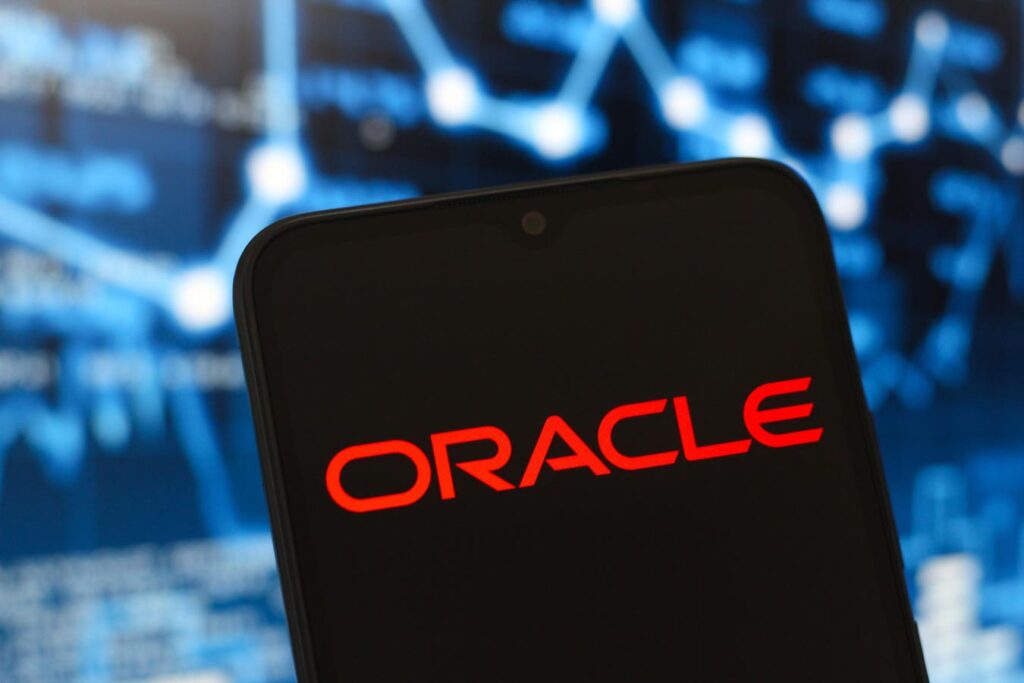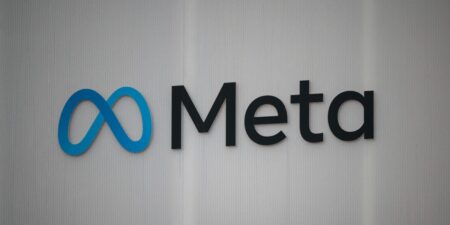Oracle stock (NASDAQ:ORCL) has been riding high on growing adoption of its cloud services, driven by successful implementation of generative AI capabilities. The company’s management forecasts a doubling of revenue within five years as customers increasingly migrate their on-premises databases to cloud platforms.
We think that Oracle stock looks attractive but volatile – making it a tricky pick to buy at its current price of around $180. We believe there is minimal cause for concern with ORCL stock, which makes it attractive but highly sensitive to adverse events as its current valuation is very high.
We arrive at our conclusion by comparing the current valuation of ORCL stock with its operating performance over the recent years as well as its current and historical financial condition. Our analysis of Oracle along key parameters of Growth, Profitability, Financial Stability, and Downturn Resilience shows that the company has a very strong operating performance and financial condition, as detailed below.
How does Oracle’s valuation look vs. the S&P 500?
Going by what you pay per dollar of sales or profit, ORCL stock looks expensive compared to the broader market.
• Oracle has a price-to-sales (P/S) ratio of 8.6 vs. a figure of 3.1 for the S&P 500
• Additionally, the company’s price-to-operating income (P/EBIT) ratio is 27.4 compared to 24.4 for S&P 500
• And, it has a price-to-earnings (P/E) ratio of 23.4 vs. the benchmark’s 24.4
How have Oracle’s revenues grown over recent years?
Oracle’s Revenues have seen notable growth over recent years.
• Oracle has seen its top line grow at an average rate of 9.5% over the last 3 years (vs. 9.8% for S&P 500)
• Its revenues have grown 6.4% from $52 Bil to $55 Bil in the last 12 months (vs. change of 5.6% for S&P 500)
• Also, its quarterly revenues grew 8.6% to $14 Bil in the most recent quarter from $13 Bil a year ago (vs. 7.2% change for S&P 500)
How profitable is Oracle?
Oracle’s profit margins are much higher than most companies in the Trefis coverage universe.
• Oracle’s Operating Income over the last four quarters was $17 Bil, which represents a high Operating Margin of 31.5% (vs. 12.6% for S&P 500)
• Oracle’s Operating Cash Flow (OCF) over this period was $20 Bil, pointing to a high OCF-to-Sales Ratio of 36.9% (vs. 14.4% for S&P 500)
Does Oracle look financially stable?
Oracle’s balance sheet looks strong.
• Oracle’s Debt figure was $89 Bil at the end of the most recent quarter, while its market capitalization is $486 Bil (as of 2/18/2025). This implies a strong Debt-to-Equity Ratio of 18.7% (vs. 19.7% for S&P 500). [Note: A lower Debt-to-Equity Ratio is desirable]
• Cash (including cash equivalents) makes up $11 Bil of the $148 Bil in Total Assets for Oracle. This yields a moderate Cash-to-Assets Ratio of 7.6% (vs. 14.1% for S&P 500)
How resilient is ORCL stock during a downturn?
ORCL stock has been much more resilient than the benchmark S&P 500 index during the last 2 economic downturns. Worried about the impact of a market crash on ORCL stock? Our dashboard How Low Can Oracle Stock Go In A Market Crash? has a detailed analysis of how the stock performed during and after previous market crashes.
COVID Recession (February to April 2020)
• ORCL stock fell 28.6% from a high of $51.69 on 12 February 2020 to $36.92 on 12 March 2020, vs. a peak-to-trough decline of 33.9% for the S&P 500
• The stock fully recovered to its pre-Covid peak by 20 July 2020 – taking 130 days to recover while the S&P 500 took 148 days
• Since then, the stock has increased to a high of $191.96 on 21 November 2024 and currently trades at around $180
Great Recession (December 2007 to June 2009)
• During the 2007-09 recession, ORCL stock fell from a peak value of $19.00 on 10 August 2008 to $11.19 on 9 March 2009 a decline of 41.1% (vs. a peak-to-trough decline of 56.8% for the S&P 500)
• However, the stock fully recovered to its pre-recession peak by 18 December 2009 – taking 284 days to recoup its losses vs. the 1480 days taken by the S&P 500 to recover
Putting all the pieces together: What it means for ORCL stock
In summary, Oracle’s performance across the parameters detailed above are as follows:
• Growth: Very Strong
• Profitability: Very Strong
• Financial Stability: Strong
• Downturn Resilience: Extremely Strong
• Overall: Very Strong
Hence, despite its very high valuation, the stock appears attractive but volatile, which supports our conclusion that ORCL is a tricky stock to buy.
Not too happy about the volatile nature of ORCL stock? The Trefis High Quality (HQ) Portfolio, with a collection of 30 stocks, has a track record of comfortably outperforming the S&P 500 over the last 4-year period. Why is that? As a group, HQ Portfolio stocks provided better returns with less risk versus the benchmark index; less of a roller-coaster ride as evident in HQ Portfolio performance metrics.
Invest with Trefis
Market Beating Portfolios | Rules-Based Wealth
Read the full article here
















